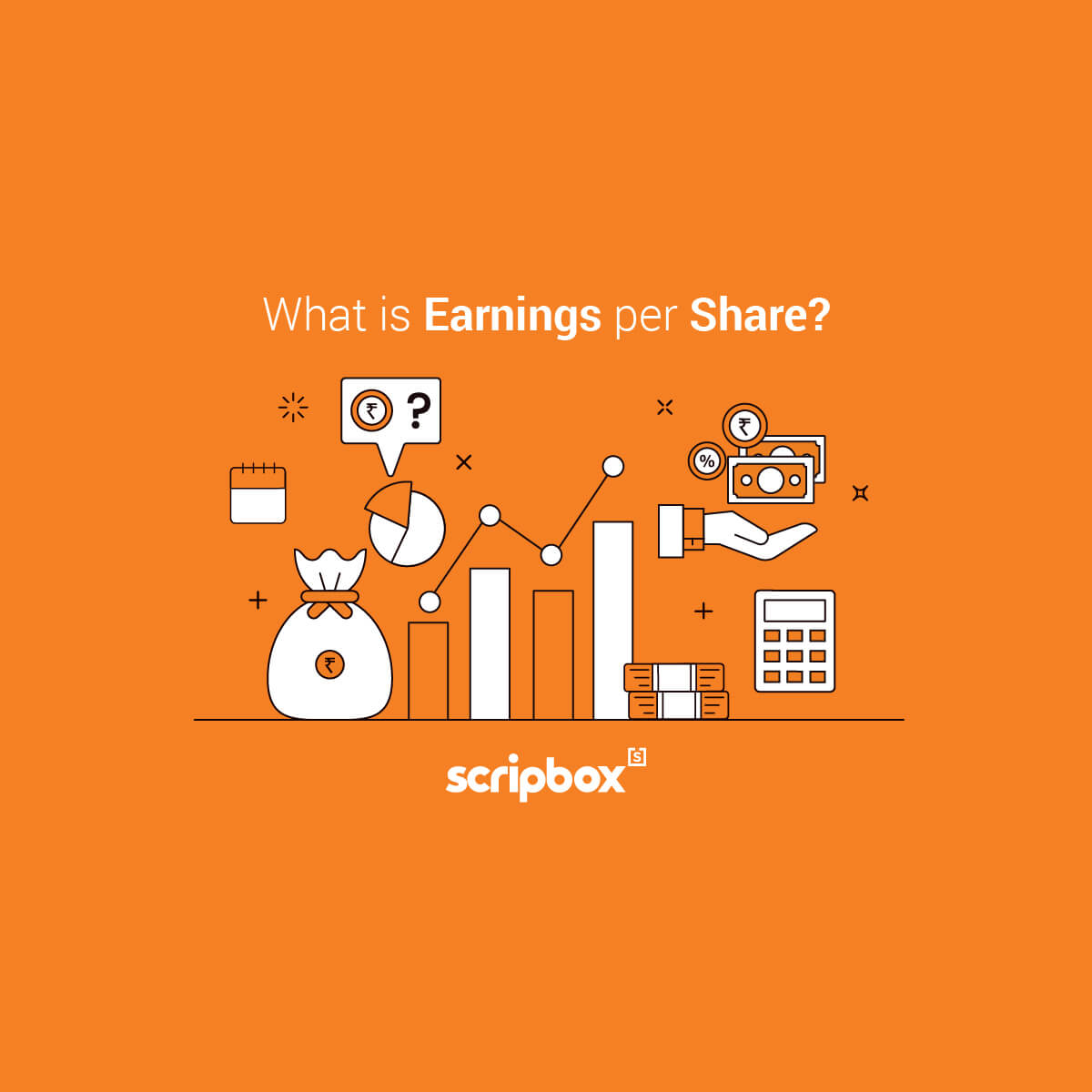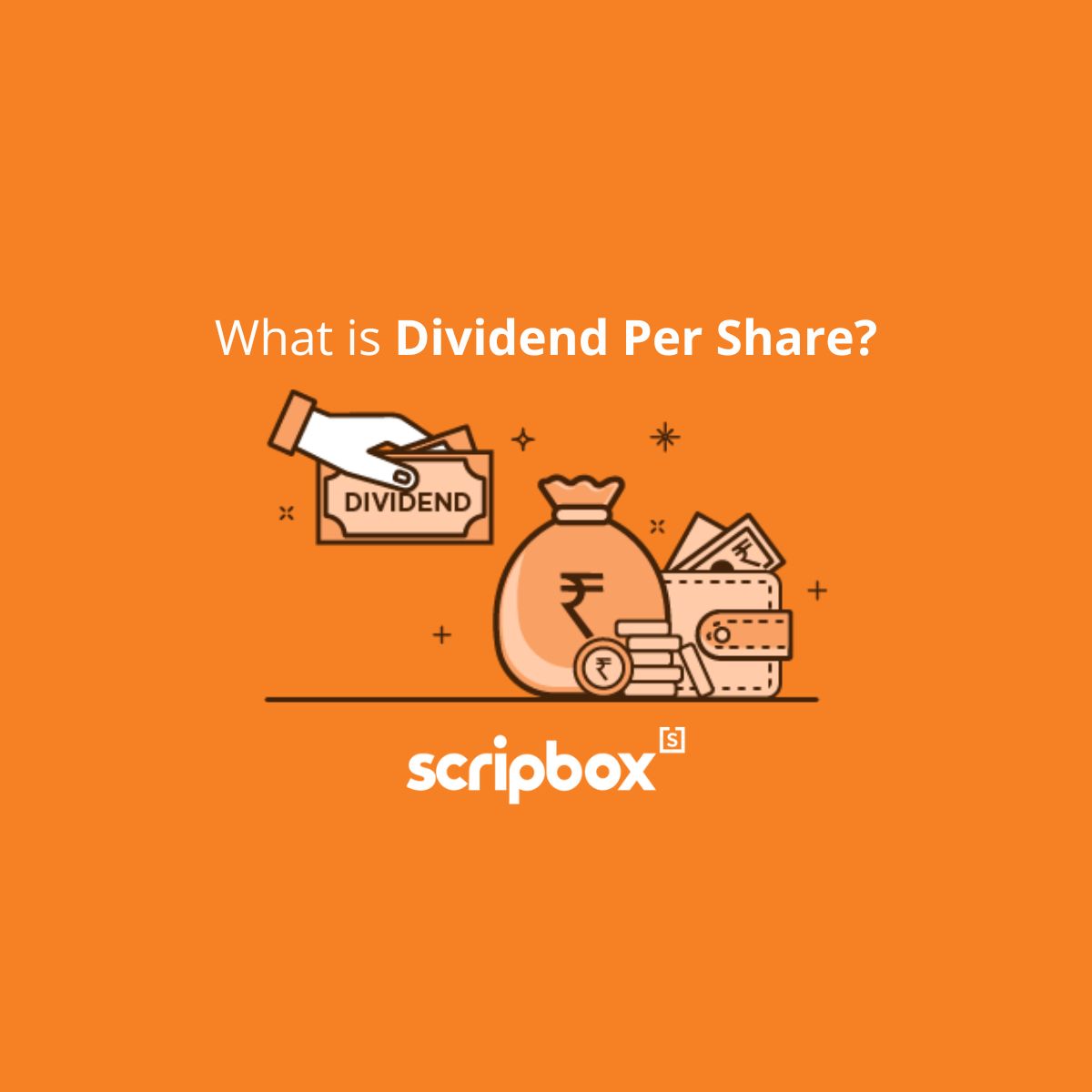
Earnings Per Share (EPS)
Various financial ratios help analyze a company fundamentally before investing. One of those financial ratios is Earnings Per Share (EPS). EPS compares the company's profit and the number of outstanding shares. What is Earnings Per Share? Earnings per share refer...

Draft Red Herring Prospectus
What is Draft Red Herring Prospectus? A Draft Red Herring Prospectus (DRHP) is an 'offer document' or 'preliminary registration document' that a company files with the Securities and Exchange Board of India (SEBI). The document introduces a new business or...

Dividend Income: Meaning, Types and Taxation
Dividend is the amount distributed to shareholders of a company. Companies use it as a mode to distribute the company's profits to its shareholders. Mature companies with consistent earnings over the past few years pay dividends to their shareholders. Also,...

Dividend Yield
What is Dividend Yield? Dividend Yield is a financial ratio that measures the quantum of dividends that the company pays to its shareholders each year relative to its current market price per share. In simple terms, it is a percentage...

Dividend Per Share
As an investor, you can earn through capital appreciation and dividends. Capital appreciation happens when the price of the stock you invested goes up. On the other hand, a dividend is a reward you get for holding the company's shares. ...
Practical Insights For Wealth Creation
Our weekly finance newsletter with insights you can use
Your privacy is important to us

Digital Gold
Gold is a go-to investment for everyone. Every auspicious occasion is marked with purchasing gold. Buying gold coins and biscuits were a common thing. However, they came with the risk of being stolen and additional costs and charges. In this...

Defensive Stocks
What are Defensive Stocks? Defensive stocks provide constant dividends and steady earnings to shareholders irrespective of how the market is performing. These companies are called defensive stocks because they showcase consistent demand for their products, making their stock stable during...

Debt to Asset Ratio
What is Debt to Asset Ratio? The debt to asset ratio shows what percentage of a company's assets are financed by debt rather than equity. The ratio is used to assess a company's financial risk. It essentially depicts how a...


